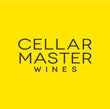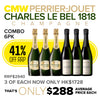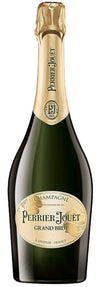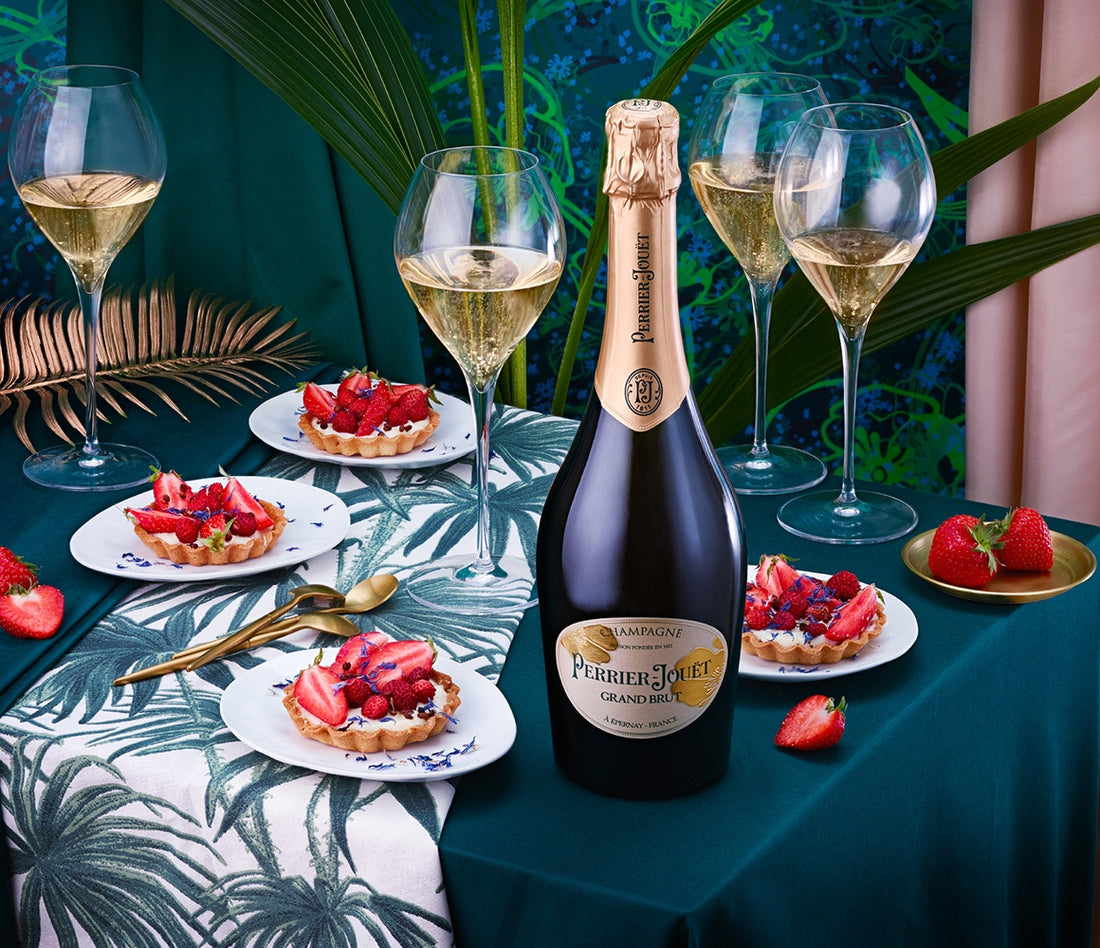Champagne is part of the sparkling category of wines, and is known as the most premium sparkling wine available in the market. Often favoured internationally for celebrations, Champagne is a very popular aperitif and is frequently used as a luxury gift. Whilst it can be enjoyed alone, Champagne pairs very well with fresh Oysters, and seafood/fish dishes or light style pasta's and white meat. Champagne can only come from France, from the Champagne Region, however many other countries produce popular sparkling wines, such as Spanish Cava and Italian Prosecco.

How long can you keep champagne once open?
Champagne & sparkling wine will last up to three days if it is sealed with a proper champagne stopper & put into the fridge fairly soon after opening. Our tip is to share it with someone as it's always better fresh!

What are the different types of champagne?
The different champagne styles are quite varied however generally the wine is dry. From Driest to sweetest the terminology is as follows: Brut Nature, being the driest, followed by Extra Brut, then Brut, Extra Sec or Extra Dry, Dry or Sec then progressing into slightly sweeter styles such as Demi-Sec and Doux.

How long can you keep champagne?
Top quality Grande Mark, Vintage Champagnes can be cellared for many years before drinking. The rule of thumb for aging vintage champagnes is five to ten years from production. Non Vintage champagnes have a typical shelf life of roughly three to four years once bottled and are generally designed for consumption soon after sale.

Are champagne grapes healthy?
Yes, absolutely. The grapes used have to be in premium condition to provide the crisp, neutral wines required for mixing. Any rot can cause off flavours, therefore the grapes are usually hand sorted to eliminate any that don't seem to be up to a high standard of quality.

Are champagne and prosecco the same?
Whilst they are both sparkling white styles, they are made using completely different methods, and the variety of grapes used are completely different. Champagne encompasses a complex flavour profile with fruit, nuts and spices, while Prosecco is more simple & fruit driven - often with apple and pear flavours. The wines have different size, shape and regularity of bubbles as well due to the different winemaking techniques and you will usually find these wines at very different price points, with Prosecco falling into the more affordable category v's Champagne which in many instances is considered a luxury purchase because of it's high price - this is because of the restrictions around what can be called Champagne, and the limited acreage on which grapes can be grown, whereas Prosecco has quite a wide growing area and higher production allowances.

Are champagne and sparkling wine the same?
Although both are dry sparkling white style wines, Champagne is solely made within the Champagne region of France using the traditional champagne method, or Méthode Champenoise. Sparkling wines are created in many places around the globe using a very wide selection grape varieties and production methods such as charmant or tank fermentation and carbonisation.

How champagne is made?
Champagne can only be created within the Champagne region of France. It is unique to other sparkling wines because the secondary ferment which generates the bubbles in champagne, occurs in the very same bottle in which it will be sold. This process is costly and labour intensive, and contributes to the often high price tag held by Champagnes. Most Champagnes are made from a mix of up to 3 particular grape varieties; Pinot Noir, Chardonnay and Pinot Meunier, and the 'House Blend' of a Champagne Brand is not only of current vintage wines, but usually of past vintages, which allows for consistency and adds an enormous amount of complexity to the finished wine.

Will champagne explode in airplane luggage?
No, if fastidiously packaged, ideally utilising a box & bubble wrapped. Most cargo holds do not have huge temperature fluctuations and are pressure controlled so the bottle is not impacted by unforseen pressure, however there is always the manual handling of baggage to take into account which is difficult to forecast.

How are champagne corks made?
Champagne corks are made from the bark of the oak tree (Quercus Suber), used for its squeezability. Champagne corks are literally cylindrical in form and area unit compressed to a diameter simply smaller than the neck of the bottle, the corking machine then simply inserts the cork it then expands to fill the neck of the bottle essentially waterproofing it. The portion of the cork outside of the bottle neck conjointly expands, however because it isn't restricted by the neck of the bottle it expands to its widest capability, giving the cork that characteristic mushroom form. A bottle of sparkling wine is under similar pressure to a car tyre, so it is advisable to use caution when removing the cork from the bottle. Point the neck away from others, and do not stand over it and always keen a hand on the top of the cork. After removing the foil, gently loosen the wire cage but leave it on to help you grip the slippery cork. Tilt the bottle to 45 degrees, and whilst holding the caged cork still in one hand, twist the bottom of the bottle to release the cork. Ettiquette suggests that the 'pop' of a cork is a little uncouth, and suggests that a well opened bottle of sparkling should make a gentle sigh.

When was champagne first invented?
Rather controversially in the UK in 1633 by Christopher Merret who was scientist and physician. Merret first discovered and documented that the addition of sugar to a finished wine caused the wine to become sparkling through a second fermentation. This was half dozen years before Dom Pérignon joined the Abbey of Hautvillers and nearly forty years before the abbey claimed that Dom had invented Champagne.








